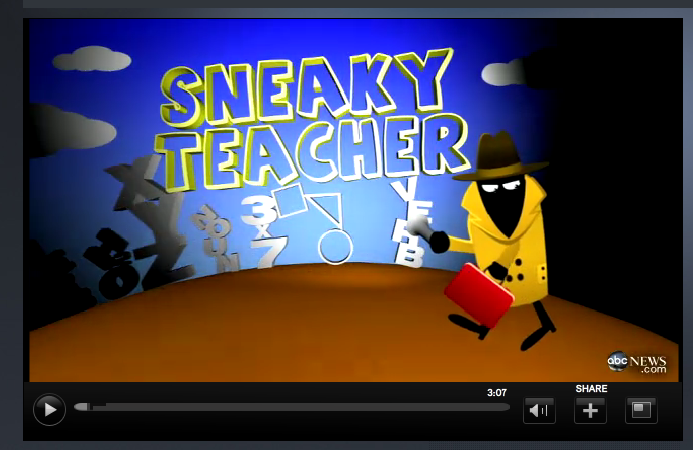Each third week of July when I was a kid, my family headed down to Virginia Beach — with around 15 of our closest relatives. Along with sharing a large beach house, each family split the tab, based on the size of each family. No one got stuck with too large a bill and no one got away with a nearly-free vacation. As a child, the process seemed pretty simple, but as an adult, I know there was a lot of thought behind it all.
The problem is that each family was of a different size. Mine had six people, while my Aunt Dottie only had two. So it wasn’t fair to add up the costs and simply divide by the number of families. Plus, little kids usually slept on the couch or in a sleeping bag on the floor, and they didn’t eat as much. Why should their parents pay as much?
The key to this system was assigning a share to each person. Adults and teens were one share and kids 12 and under were a half-share. (I think infants were free; they don’t eat much shrimp at all.) Each share covered a place to sleep (or a fraction of the house rental) and food, which went into the kitty. On the first day, we went on a huge grocery store run to purchase all of the food for the week, using money from the kitty. Fresh corn, shrimp and other mid-week food purchases were also taken from the kitty. Any other expenses, like our one dinner out during the week, were covered out-of-pocket. Oh, and Grammy, the matriarch of the family, didn’t pay a dime.
But how did my parents and the other adults come to those shares? I don’t know for sure, but I can guess, based on what my addled brain remembers and what I would do.
There were four families, all of the differing sizes. In fact, the family sizes changed from year to year, but let’s look at the last year I went to the beach:
My family: Two adults, two teens and two under 12s or 5 shares
Aunt Barb’s family: One adult, two teens and one under 12 or 3.5 shares
Aunt Dottie’s family: Two adults or 2 shares
Uncle Bud’s family: Two adults, three under 12s or 3.5 shares
That means there were 14 shares in all. Once we figured out the cost of a share, we could find what each family owed. Make sense?
Remember, the costs included rental and food. Simple, right? In fact, since the money for the rental was due at different times (some upfront and the remaining when we arrived), it makes sense to have two different shares: one for the rental and one for food. It was the 70s and 80s, but let’s look at today’s costs for this example.
Rental total: $7,500
Food total: $1,200
But we can’t just divide by 4 to find the amount owed by each family. Gotta find the cost of each share. Since there were 14 shares in all, just divide.
Rental: $7,500 ÷ 14 shares = $535.72 per share
Food: $1,200 ÷ 14 shares = $85.72
Note: I intentionally rounded up for a very good reason. It’s better to have too much than too little. If I rounded as I normally would (down for any value less than 5 and up for any value greater than 5), the person paying the tab would be short. Not fair!
From there, we can figure out how much each family owes — based on the value of each share (rental and food) and the number of shares per family. All we have to do is multiply. Let’s just look at my family:
Rental: 5 shares • $535.72 = $2,678.60
Food: 5 shares • $85.72 = $428.60
That means my family spent a total of $3,107.20 for our week at the beach (not counting travel and other costs). Not a bad deal for a big family!
How has your family split the costs of a big vacation? Did you use a different process? Buy my books to learn math that you can apply to your everyday activities.




